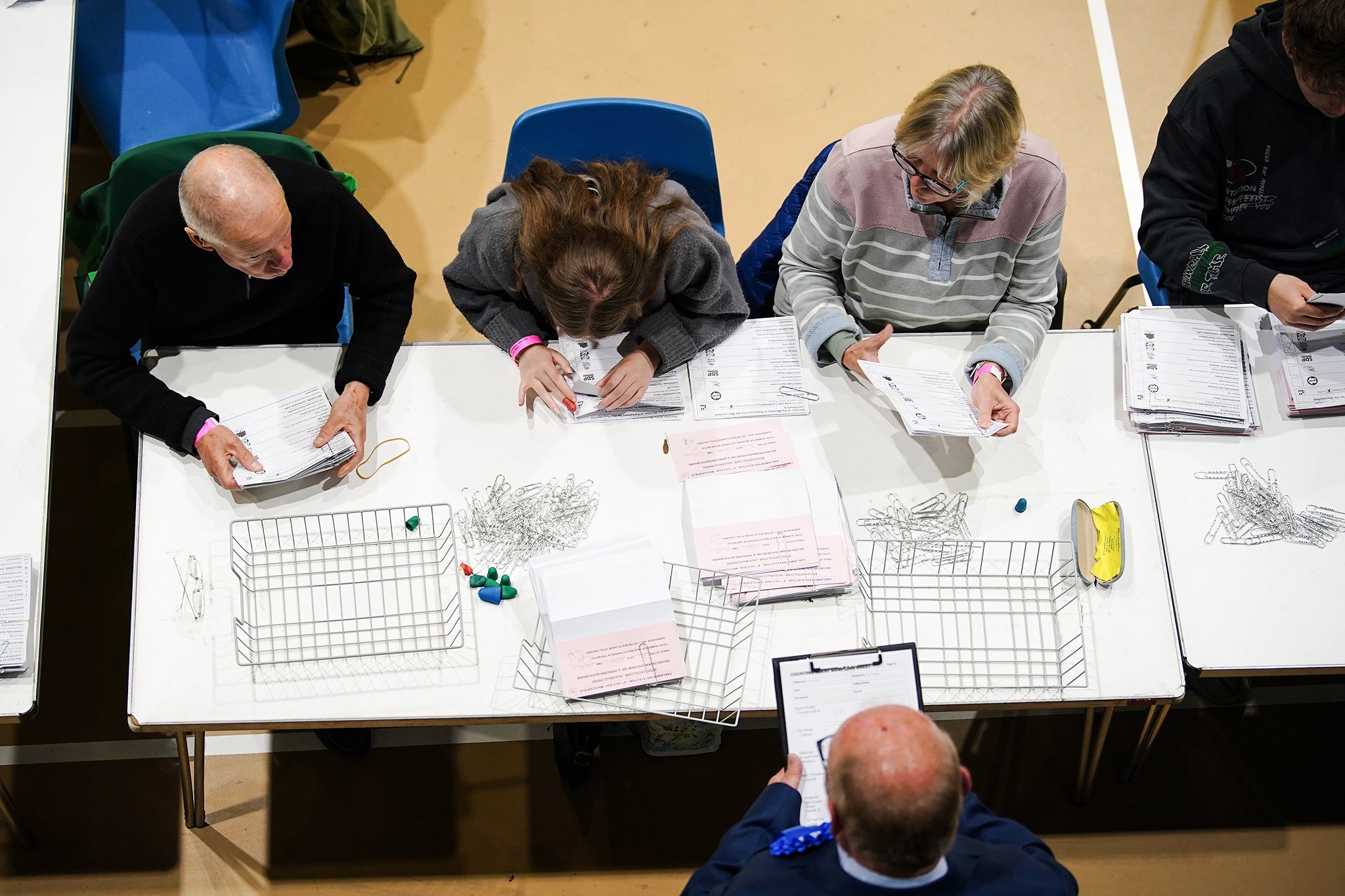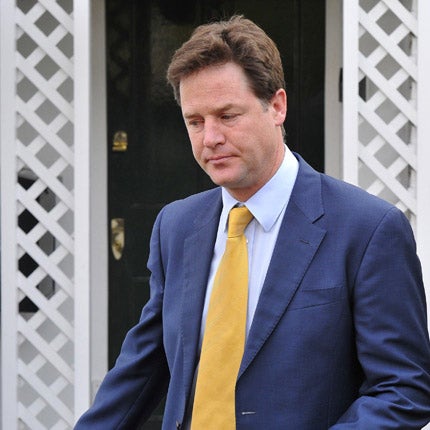Jack Straw: Israel shows that proportional representation isn’t the solution people think, but AV could be
With Labour’s landslide supported by only 34 per cent of those voting, many, including Nigel Farage, have called for a new fairer system. Quite right, says Jack Straw, but be careful what you wish for


Can anyone seriously, any longer, defend the first past the post (FPTP) voting system, where you can get a government with a large majority supported by only 34 per cent of those voting (including some like me who only voted Labour to avoid getting a Tory), and where a party polling 12 per cent of the votes (Lib Dems) get 70 seats, while another party (Reform) polling 14 per cent gets only five seats? No wonder so many people are cheesed off and disillusioned with it all.”
This was a WhatsApp message sent to me two days ago. The Lib Dems in their policy pronouncements before the election said something similar, proclaiming that our voting system is “broken” – though, as it happens, their result in seats (at 10.7 per cent) was not far short of their 12 per cent of the votes.
Nigel Farage was first out of the traps to point out that with five MPs now under his wing in the House of Commons, under proportional representation his party would have actually won 100 seats.
I don’t defend FPTP. I haven’t for some decades. But I part company with my WhatsApp correspondent, and all the others, who glibly assert that the answer is proportional representation (PR).
For a start, PR systems vary greatly. So, firstly, the fans of change need to say which system they would use.
The Netherlands and Israel, among others, use a “national list” system. One country, one constituency. Electors vote by party list. How many are elected is proportional to the votes cast. It may work in relatively small countries. It does, just, in the Netherlands; it’s hard to argue that in Israel it’s been an unalloyed success.
Other countries use regional list systems (as did the UK for European parliament elections), some (like Ireland) use multi-member constituencies; some, like Germany, use an additional member system.
Each system has advantages, but each shares a fundamental disadvantage and it is this.
The standard objection to FPTP is that it can, and often does, give disproportionate power to a minority of voters, albeit the largest minority.
Last week’s general election illustrates this perfectly. My party, Labour, gets 34 per cent of the popular vote, and 63 per cent of the seats in the House of Commons. “Unfair”, cry opponents of FPTP.
There is however a similar, but inherently worse, problem with PR systems because while they do not give disproportionate power to the largest minority, they can and often do give completely disproportionate power to parties with among the smallest minority of votes.

Israel provides one clear example. To stay in power prime minister Benjamin Netanyahu depends crucially on the support of two linked parties of the religious right, led by Itamar Ben-Gvir, and Bezalel Smotrich. Between them, they have only 14 seats in the Knesset, of the 61 needed for a majority. But they exert wholly disproportionate power to their seats, as recent policies of the Israeli government show all too clearly.
There are plenty of other examples – including in Germany, where the small Free Democratic Party have over the decades frequently been in government, and therefore in power – despite usually being the smallest party in the Bundestag, because their votes are key to the governing coalition’s majority.
There’s another point about the way in which votes and power are bound to be out of balance. This is that in our culture, and almost all others, decisions “in the room” are made on majority votes, usually 50 per cent plus 1.
Those on the majority side have the power; those on the losing side have none. It’s a better arrangement than the ones which preceded it, including the absolute rule of monarchs, or the highly restricted franchise the UK had before 1832. But it does not give directly proportional power – no system can.

The other problem with PR systems is that the connection between where people live, and their elected representatives is either diluted or lost altogether. It’s diluted where the PR system uses multi-member constituencies; lost with national or regional list systems, and even with the German system (where, at least, half the MPs do represent a constituency, the other half do not).
This connection really is a strength of our system. People want to see their representative standing up for their area – and those MPs who do that best are rewarded in the ballot box. Those who do worst are duly punished.
FPTP worked fine when Britain was essentially a two-party polity. In general elections from 1945 through to the 1970s, there were quite a number of constituencies where only the two big parties put up candidates; the Liberals typically took between six and nine seats.
But that has now changed. We now have six parties in the Commons from Great Britain, plus independents.
In the context of a multi-party democracy, which is likely to continue, FPTP does not appear very fair, and in some constituencies, where there were three- or four-cornered contests, has produced some very odd results.

My answer (and one which I have long supported) is that we should exchange FPTP for the alternative vote (AV) – by which voters rank their candidates in order of their preference. It’s used in other countries – notably Australia, in two states in the US (Maine and Alaska) and for example in the Labour Party for elections of the leader and deputy.
One of its many key advantages is that it preserves the link between where people live, and their representatives.
Back in 2011, the UK had a referendum, as part of the Lib Dems’ price for going into coalition with the Conservatives. Sadly, those of us supporting AV lost the referendum by two to one. Some might say we had our chance, but, I believe, the experience of the last election has made the argument for AV even stronger
It won’t produce a proportional result across the country, but it does mean that in each constituency the winner has to command a majority in the final eliminating ballot. Its use would not, I am certain, have prevented Labour from having a good majority in the Commons, but some individual results would have been different. It’s fairer, or at least it appears fairer. Its time has come.





Join our commenting forum
Join thought-provoking conversations, follow other Independent readers and see their replies
Comments